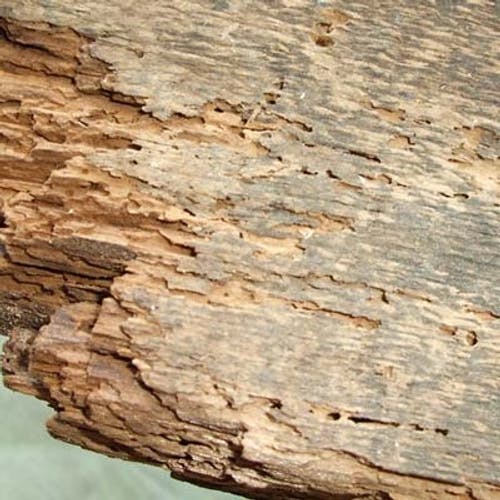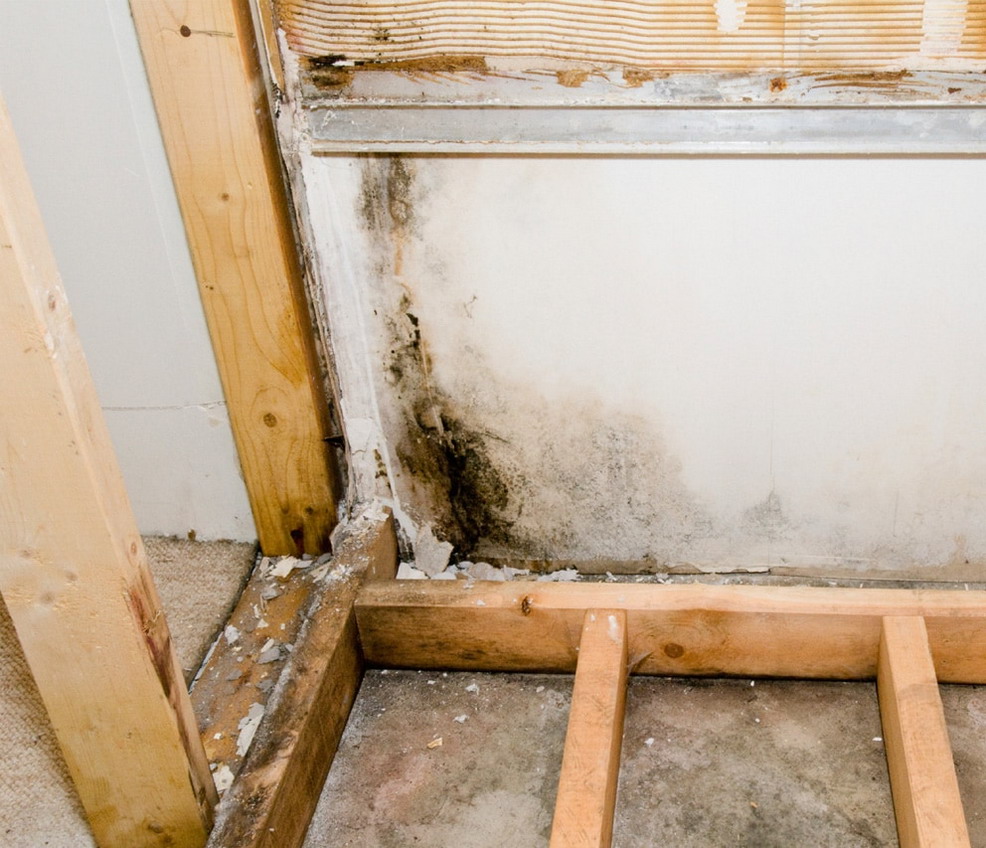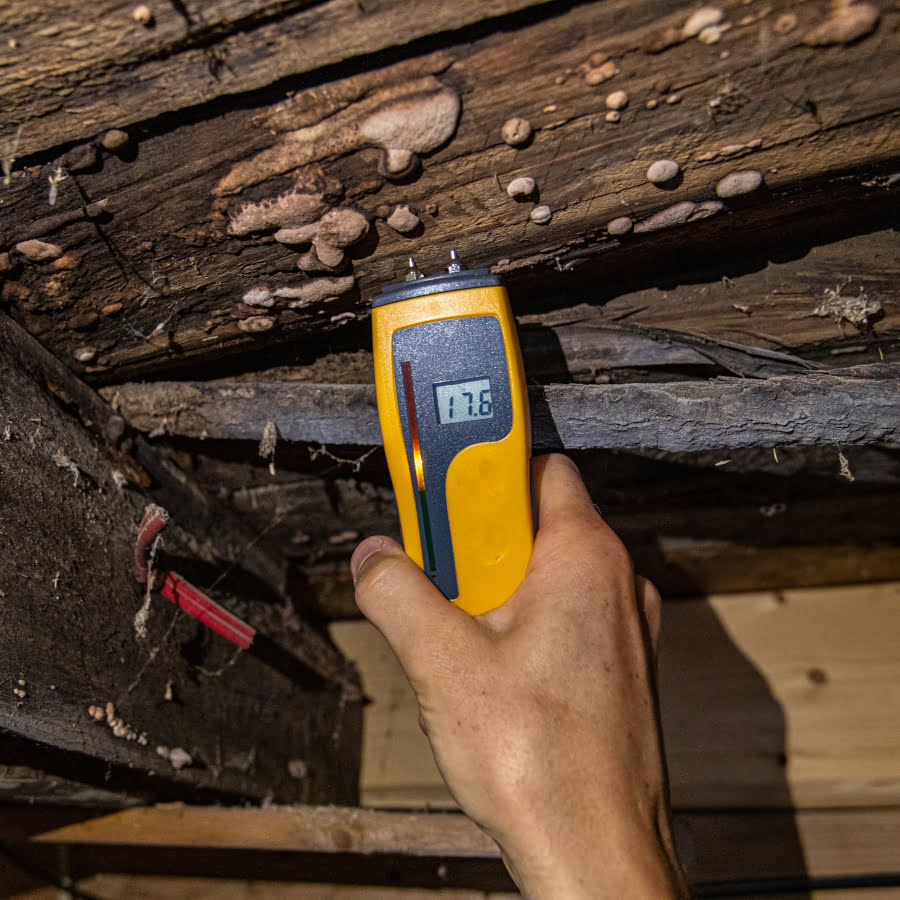Wet rot treatment services in Flintshire, Chester, Wrexham, Cheshire, Denbighshire, Conway, Wirral, and North Wales

What is wet rot?
Wet rot is a timber destroying fungus which affects damp wood by breaking down the cell walls of the wood and feeding on the nutrients. This process can be detrimental to your building and can cause loss of structural integrity of the skirting, joists, frames and any other timber elements.
WHAT ARE THE CONSEQUENCES OF WET ROT Flintshire, Chester, Wrexham, Cheshire, Denbighshire, Conway, Wirral, and North Wales ?
Wet rot can have severe consequences for the structural integrity of buildings and structures. If left untreated, wet rot can cause serious damage to buildings and be costly to repair.
One of the primary consequences of wet rot is the weakening of timber. As the fungi spread, they consume the wood’s primary strengthening components: cellulose and hemicellulose. This in turn causes the wood to become soft and structurally vulnerable, compromising the overall integrity of a building.
Wet rot can also affect the aesthetic appearance of buildings. As the fungi spread, they can cause discolouration and staining on walls and ceilings, as well as leaving a damp, musty odour. This is a major issue in homes and commercial buildings, where the appearance and smell of the property can impact its value.
Another danger of untreated wet rot is the potential for the fungi to spread throughout the building. This can cause further damage and create a hazardous environment for occupants, as the weakened structures can collapse or become unstable.
If left untreated, wet rot can attract other pests and insects, such as termites, which can further weaken the structure and cause additional damage.

Type of Decay: Wet Rot
• Fungus: Poria Vailantii
• Effects on Wood: Rot is similar but less widespread than that of dry rot. Various species of Poria can occur in houses, most of which require more moisture than dry rot.
• Visible Strands: Strands are often white or whitish; seldom thicker than twine and remain flexible when dried.
• Other Growths: White or cream sheet, or fern-like growths.
• Fruit Bodies: Shaped like sheets or plates and are white in colour. The spore bearing surface is also often white, showing numerous, minute pores.
Type of Decay: Wet Rot
• Fungus: Coniophora Puteana
• Effects on Wood: Causes darkening and longitudinal cracking. Cross cracks are often covered by a thick surface of relatively sound wood; often occurring in very damp conditions.
• Visible Strands: Strands are slender and usually thread like. In early stages can appear yellow in colour, developing into a deep brown/nearly black colour when mature.
• Other Growths: Occasionally very thin, skin-like growths; can appear yellow or dark brown. Commonly occurring beneath impervious floor coverings.
• Fruit Bodies: Rarely found in buildings. Has a sheet-like shape; the spore bearing surface is often an olive-brown colour.
Type of Decay: Wet Rot
• Fungus: Phellinus Contiguus
• Effects on Wood: There is no cubical cross cracking. Bleaches the wood, which eventually develops a stringy, fibrous appearance.
• Visible Strands: There are no strands.
• Other Growths: Brown, tufted growths, which are commonly found within voids or on the surface.
• Fruit Bodies: Tough, brown growths; often elongated. The surface is covered with minute pores.

What causes wet rot in Flintshire, Chester, Wrexham, Cheshire, Denbighshire, Conway, Wirral, and North Wales
Wet rot is caused by a fungus that is attracted to damp wood and feeds off the timber. It occurs in timber with a moisture content of around 30%-50% which causes the wet rot spores to germinate and attack the timber.
Common causes of wet rot include:
• Defective plumbing
• Leaking gutters
• Faulty roof coverings
• Poor external render
• Damaged stone pointing
• Condensation
What are the treatments for wet rot in Flintshire, Chester, Wrexham, Cheshire, Denbighshire, Conway, Wirral, and North Wales?
Our specialist teams use the latest practices, techniques and materials available to deliver the best timber treatment solution and service always.
• Elimination of all points of water ingress
• Removal and replacement of rotted timbers
• Using timber resin repair methods to remove and replace decayed timbers
• Treatment of insitu and replacement timbers
• Application of the appropriate fungicidal spray, timber pastes or dual purpose fungicide and insecticides.
Quirks are an approved and qualified Dampproof contractor for the application of Damp Proofing, Timber Treatments and Condensation Control. Trained by PAM TIES LTD and expert Paul Hughes (CSSW) – Certified Surveyor in Structural Waterproofing.

